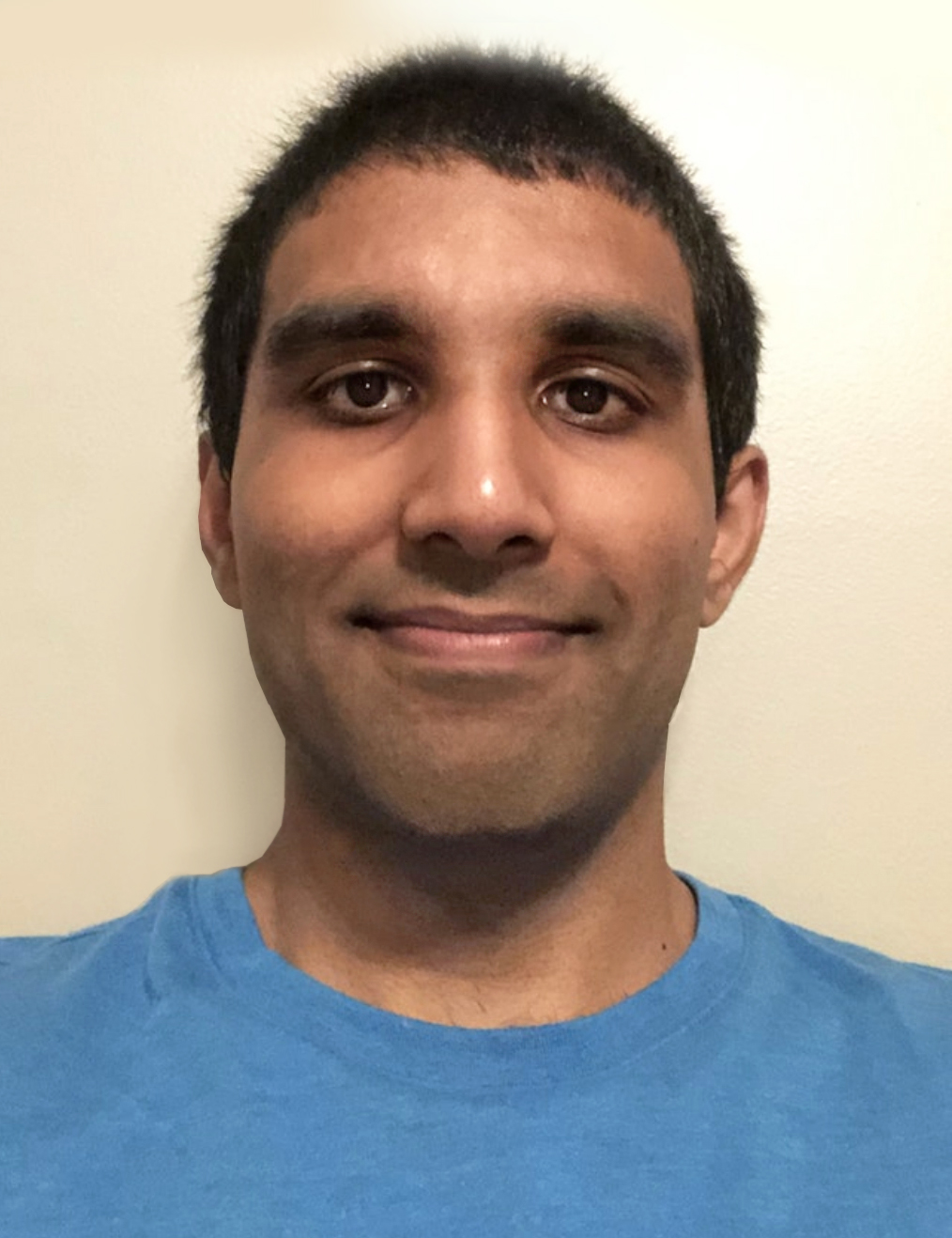
Ph.D. Candidate
McNair Center for Aerospace Innovation and Research
University of South Carolina
“Dr. Cardinal’s class, Strategic Management of Technology and Innovation, was an eye opener. It was fascinating – and very valuable – to learn how and why companies pivot from one technology to another to stay competitive.”
Jaspreet “Jessie” Pandher, Ph.D. Candidate, McNair Center for Aerospace Innovation and Research, University of South Carolina
Jaspreet “Jessie” Pandher completed his bachelors and masters degrees in mechanical engineering at the University of South Carolina (UofSC), but pivoted to aerospace engineering during his master’s degree studies and decided to pursue a PhD with a focus in aerospace engineering. One of the draws was the SmartState Center for Multifunctional Materials and Structures at the McNair Center for Aerospace Innovation and Research.
“I was attracted by the opportunity to earn my PhD and conduct research at the forefront of the aerospace industry at the McNair Center and its industry partners,” he explains. “My goal is to remain in academic research and work with industry partners, but I’m open to the opportunity of working in an industry research and technology environment.”
To do that, Pandher realized the need to understand the business side of technology, specifically, how innovative new product and services are commercialized. “Regardless of whether you’re in an academic or industry setting, the reason you’re in tech is to commercialize. Any student in engineering or science needs to have a business perspective to be effective.”
The path to knowledge was a class called the Strategic Management of Technology and Innovation (SMTI) taught by the SmartState Endowed Chair in Innovation + Commercialization, Dr. Laura B. Cardinal. SMTI is offered through the Darla Moore School of Business’ Professional MBA (PMBA) program. Dr. Cardinal has recently tested a follow-on course, SMTI II, that takes a deeper dive into the topic.
Pandher says the class lived up to his expectations, calling it “eye opening.”
“The concept of the S-curve in innovation and how CEOs and R&D departments look at technology was fascinating. Learning how and why companies pivot from one technology to another was particularly useful,” he says.
Pandher was joined by two other engineering students in the SMTI cohort, which is typically composed of PMBA students from across South Carolina and Charlotte, North Carolina. “The different viewpoints from business and engineering made the course that much better.”